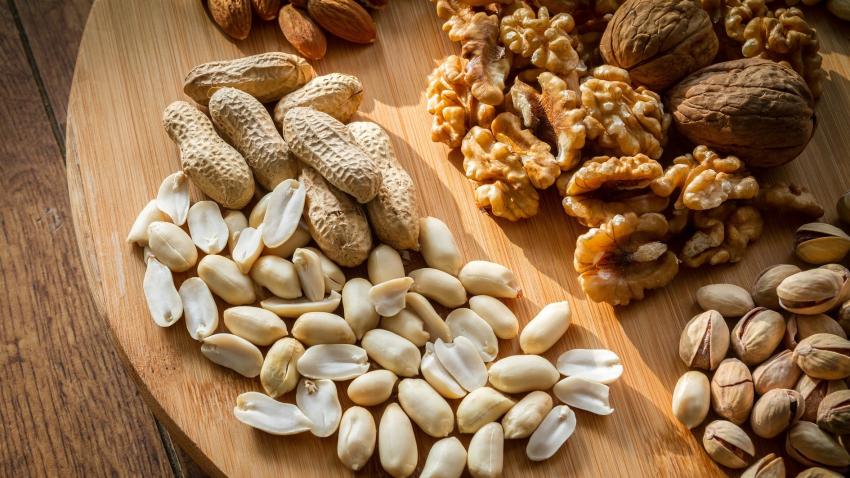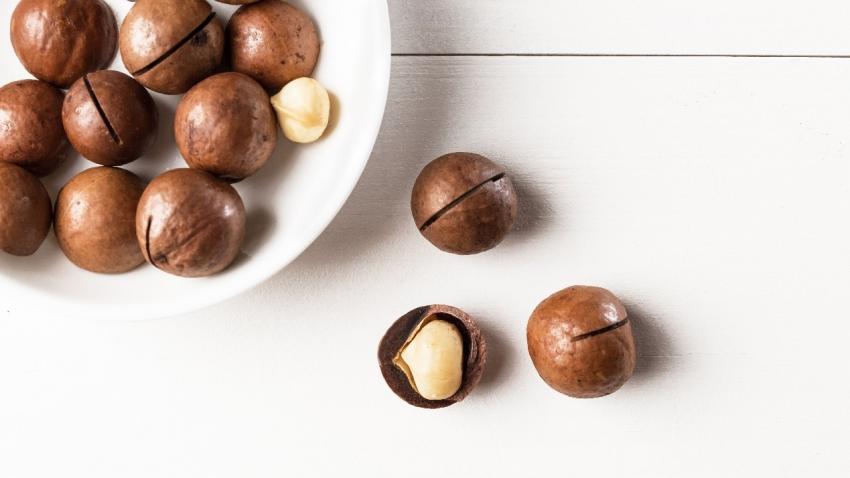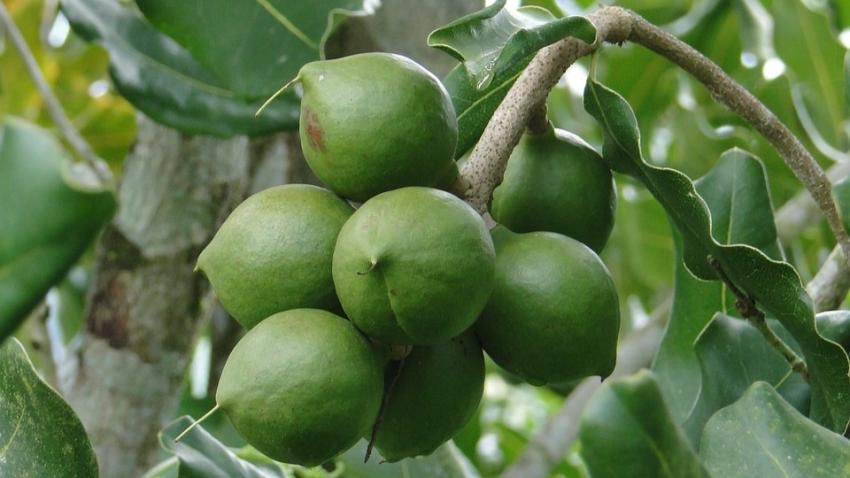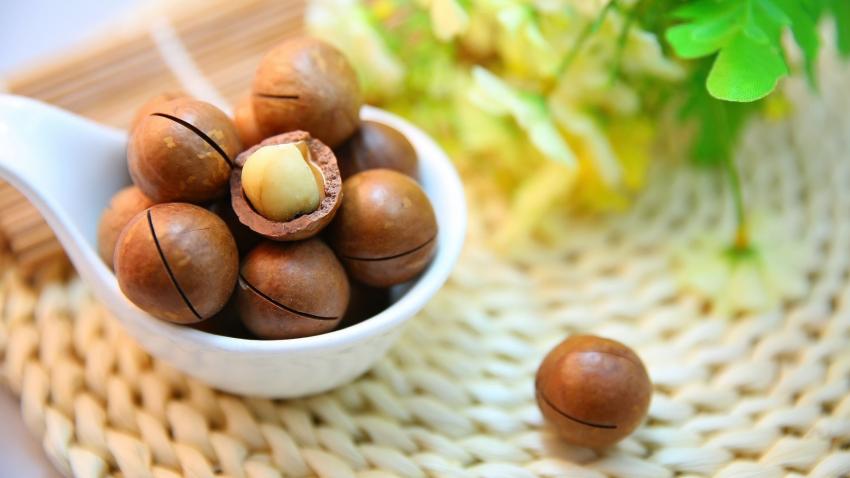You are here
Back to topChina to Remain Key Market for Australian Macadamia Nuts in 2017

Jolyon Burnett, CEO of the Australian Macadamia Society
Produce Report conducted an interview with the CEO of the Australian Macadamia Society Jolyon Burnett and discussed the upcoming 2017 growing season, the importance of China as a market for Australian macadamia exports, and current marketing activities in China.
The forecast for 2017’s macadamia nut season in Australia was announced this past March, and several adverse weather events and conditions have caused estimates to be lower than expected. Jolyon Burnett noted that Cyclone Debbie has had an adverse effect on the Australian macadamia crop and has caused production forecasts to be revised to 48,750 tonnes, or the same amount as the 2016 crop. Macadamia crops in southeast Queensland and the Northern Rivers region of New South Wales suffered some degree of soil erosion and tree damage, as they were harder hit by Cyclone Debbie than other growing regions in Australia.
However, Mr. Burnett remained optimistic about the future of Australian macadamia crops, citing sustained growth in planting area (1,000 hectares per year) and new measures adopted by Australian farmers over the past five years aimed at increasing crop reliability. These measures were taken in order to primarily improve productivity and the management of existing orchards and include enhancements in orchard floor and ground covers, aimed at improving soil moisture and protecting feeder roots, better drainage, in order to manage erosion and retain topsoil, and enhanced canopy management, thereby ensuring that sunlight reaches producing wood.

China is a key market for Australian macadamia exports and Mr. Burnett stressed the importance of China for both the Australian and global macadamia nut trade: “at the end of 2016, the Chinese market accounted for 32% of the global export market of Australian macadamia and has become the largest importer of Australian macadamia in Asia, and even the world.” This 32% of Australian macadamia was sold as in shell macadamias to China, with the remainder processed as kernels. Of these kernel exports, 65% were shipped to foreign markets and 42% of these exports ended up in Asian markets, including China.

The 2017 season of Australian macadamia exports to China has yet to commence and is expected to begin slightly later than usual this year, due to adverse weather and some seasonal differences. Nonetheless, demand in China for Australian macadamia is expected to remain strong. China’s domestic production is also projected to increase, underlining the important of investing in a market development strategy to foster demand among Chinese consumers for specifically imported macadamia.
Chinese investment in the Australian macadamia industry is both welcome and already significant, according to Mr. Burnett, who noted that Australian Macadamia Society has helped to facilitate this investment by providing valuable marketing information, statistics, and other resources to assist potential investors. For their part, the Australian macadamia industry has also helped their Chinese counterparts to become more established, having assisted the Chinese in the 1980s when China’s macadamia industry was in its infancy and setting up partnerships in processing and value-adding which continue to this day.
The translation for macadamia nut in Chinese remains a subject of some controversy among foreign exporters of the nut to China. In Chinese, the term ‘macadamia nut’ is most often translated as ‘Hawaii nut’ (夏威夷果, or “Xiaweiyi guo”). Growers from other countries claim that this gives macadamia nuts from Hawaii an unfair advantage in China, as Chinese consumers may think that macadamia nuts only come from Hawaii. Macadamia nuts are also sometimes translated as ‘Australian nut’ in Chinese (澳洲坚果, or “Aozhou jianguo”). Mr. Burnett pointed out that macadamias did originate in Australia and therefore he believes this Chinese translation ‘Australian nut’ to be the most accurate one as it reflects the origins of the macadamia nut.
More than just the name, Jolyon Burnett stated than consumers are becoming increasingly interested in where and how their food is grown, and so the Australian Macadamia Society’s macadamia promotional campaigns use visual tools, such as photographs and videos, to highlight the Australian origins of the macadamia and even seek out the support of local Chinese celebrities to tell this origins story through their own words.
The Australian Macadamia Society launched its first marketing campaign in China in 2015, which was focused on showing the origins, premium quality, and versatility of Australian macadamia to Chinese consumers. This campaign was expanded in 2016-2017 to include the health and beauty benefits of macadamias, utilizing Chinese celebrities, key opinion leaders, and online and social media to reach their target group of 20-40 year old women and young mothers. The second campaign planned for this year aims to increase Chinese consumer understanding as to the environment in which Australian macadamia are grown and to appreciate the positive affect Australia’s environmentally clean growing conditions has on product safety.














Add new comment